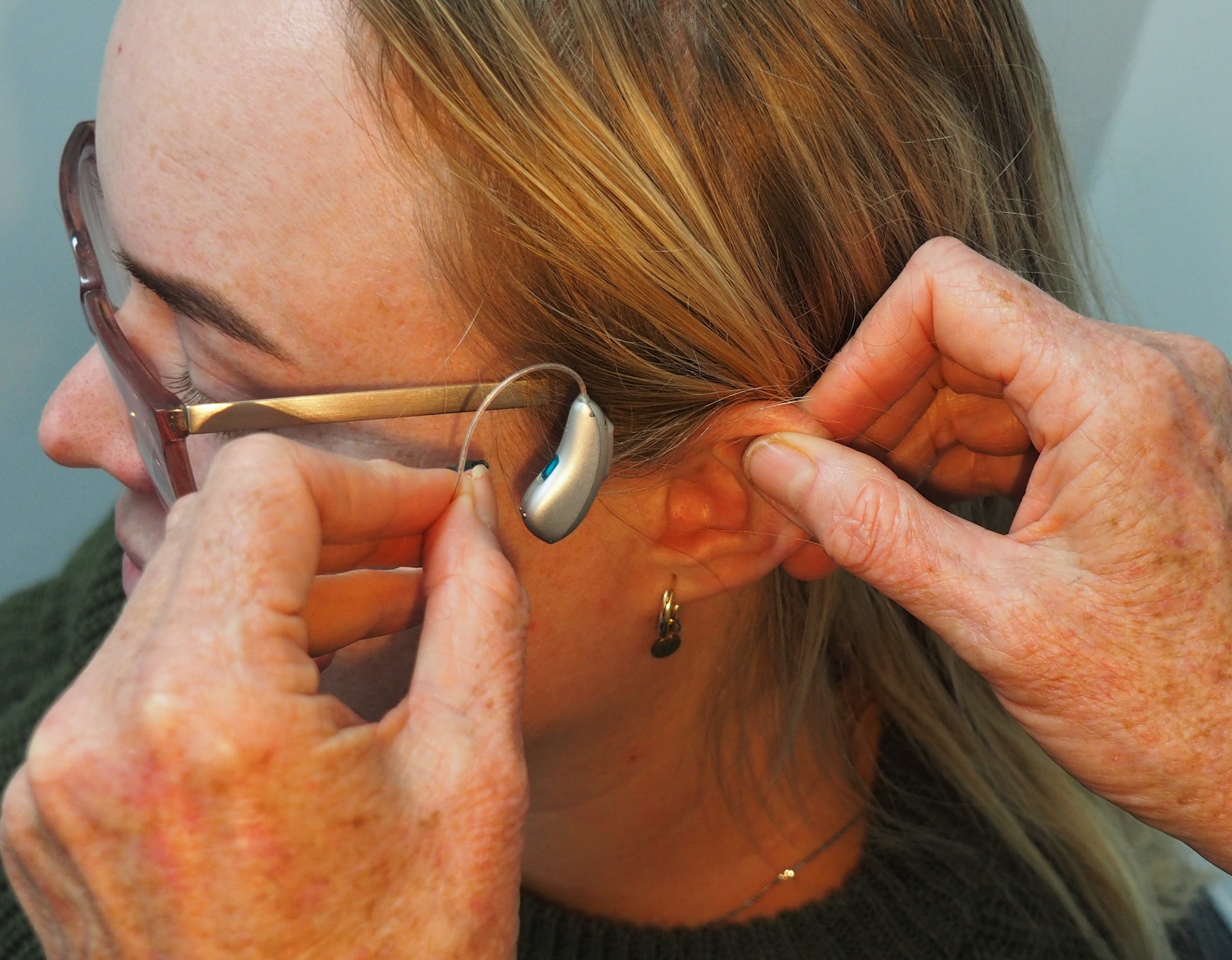Invisible hearing aids have some advantages. The first is that they are not noticeable to everyone around you. Another advantage is that they are submersible, so they are not affected by water or other elements. However, the disadvantage is that they may not be suitable for people with high-frequency hearing loss.
Contents
They are unnoticeable to everyone else.
Invisible hearing instruments are almost undetectable to others yet unobtrusive to the wearer. They combine outstanding hearing performance, wireless communication, and entertainment features into a single device. These invisible bluetooth hearing aids are built to fit deep inside the ear and automatically adjust their sound level to the environment. This allows the wearer to listen to music and conversations with ease.
It is based on the Inium Sense technology, which helps the hearing device pick up sounds in a way that is the same as your own. Its advanced wireless binaural processing supports the natural processing of sounds in the brain, enabling you to distinguish voices and follow conversations. It also adds detail to music and films.
Wireless transmission
Certain brands of hearing aids is inconspicuous devices designed to help those with hearing loss hear more clearly. Because of their size, they can fit comfortably in up to 80% of ears. They also use Near-Field Magnetic Induction to transfer sound from the better ear to the poorer one.
It features Bluetooth streaming capabilities and IFTTT compatibility, allowing users to connect their hearing aids with their other wireless products. It can also wirelessly connect with Apple devices. However, users of Android devices need to use the ConnectClip accessory to get the same functionality.
They aren’t suitable for people with high-frequency hearing loss.
People with high-frequency hearing loss may not be good candidates for an invisible hearing aid. These devices are difficult to insert into the ear and can cause an uncomfortable occlusion. People with flattish moderate hearing loss, however, may benefit from these devices. However, they aren’t suitable for people with severe hearing loss.
Invisible hearing aids can be bought over the counter or prescribed by a local audiologist. There are also direct-to-consumer versions of invisible hearing aids. Before purchasing, you should discuss the pros and cons of these devices with your audiologist.
The size and shape of the ear canal will determine whether an invisible hearing aid will work well for you. In addition, it will not offer rechargeable technology because its lithium-ion batteries are too large to fit in the ear. Moreover, it will not have Bluetooth streaming capabilities, which are available in nearly every other style of hearing aid these days. However, you can use headphones or earphones to listen to music with your invisible hearing aid.
They can cause ear conditions.
While invisible hearing aids are increasingly popular, they can also cause severe problems with your ears. Ear conditions such as earwax and reduced dexterity can prevent you from wearing your hearing aid comfortably. In these cases, you must speak with your hearing health professional before deciding which invisible hearing aid is best for you.
Invisible hearing aids can also affect the shape of your ear canal. Small ear canals may not allow a right impression of the device, and bendy ear canals might make it difficult for the microphone to be positioned correctly.

